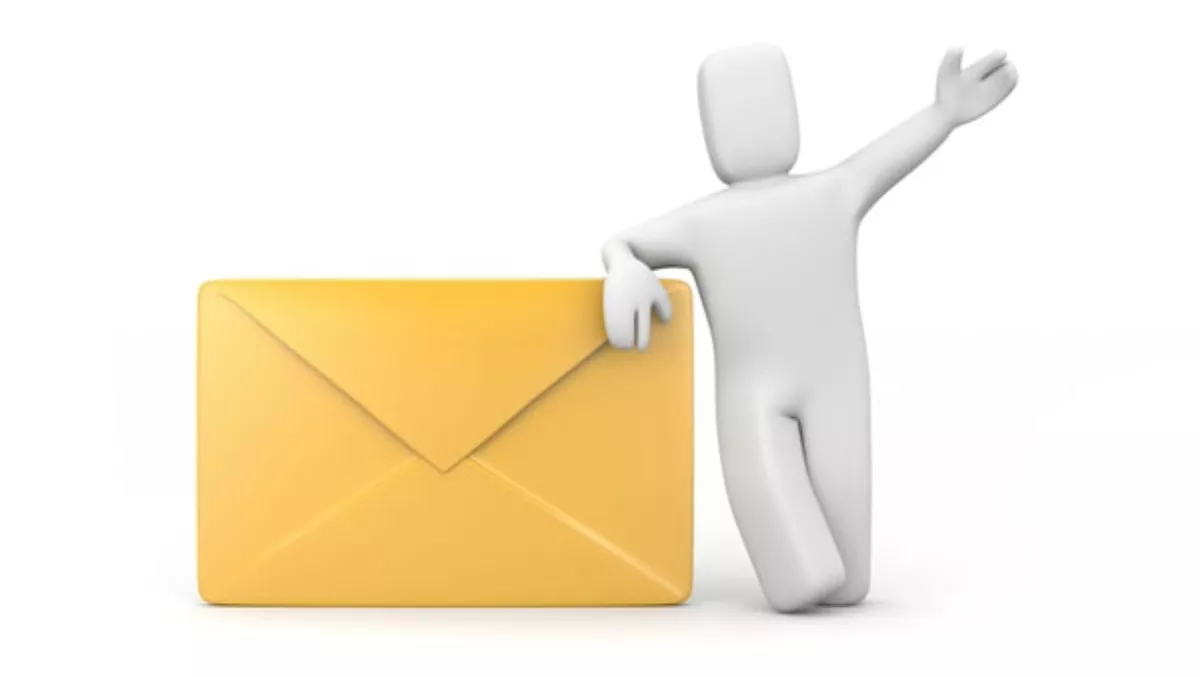
Email is dead according to those in the know. Evidently, the only time someone under the age of 35 uses email is to communicate with people...over the age of 35. Still, there are quite a few of us out there who fall in that age group and who not only use email, but will probably continue to do so for some time.
However, as we also embrace (sometimes very loosely) other forms of electronic communication, it can be easy to forget that it's not a one size fits all space. That, in fact, what works in an SMS for example probably won't work in an email - despite how adamant your resident teenager may be that it does.
Email, especially when used for business, comes with its own rules of etiquette that can help you avoid some unnecessary embarrassment, not to mention keep your reputation (and customer base) intact.
1 - Learn your company culture.
Before all else find out what your company rules are. If you own the company, sit down, read through the list below and and decide what you think is appropriate and acceptable for your business. Then abide by them.
2 - If you receive an email that requires action, reply.
Even if you only send a quick reply saying you are passing on the email, let the sender know it has been received. If your company policy is to not answer, or if you have chosen to not respond, don't be surprised if you get a follow up email or even a call asking what you're doing. People don't like to feel ignored.
The only time you don't need to reply is if you are CC'd on an email. Let those who have been directly emailed deal with the email and its contents, unless you are directly requested to comment. You've been CC'd to ensure you are aware of the conversation.
3 - Get to the point.
Don't leave the objective of your email until the last line. Be clear and precise, and use the subject field to let your recipient know why you are emailing. This might sound basic, but using the subject ‘Hello' and taking five minutes to get around to asking someone to do something is a huge waste of your time and theirs. By all means be chatty - just get to the point.
4 - Don't forget the attachment.
Yes, we've all done it. Hit send and realised we haven't attached the attachment. If you have referred to the attachment in your email, many email programmes today will give you a nudge if you hit send without actually attaching it. Check your software and see if that's an option you have. It might not be a big problem when sending a photo of Great Aunt Gertie's Cat - but it could be embarrassing if you are sending a report to the Board or a newsletter to your clients.
5 - Watch your tone.
With the absence of body language and voice, it's easy for email to be misunderstood, so be careful with how you word things. One piece of advice I saw recently was to smile while you type - it's harder to write something unpleasant when you are smiling. That may be a little extreme but try to remember the person at the other end doesn't necessarily know what you are thinking.